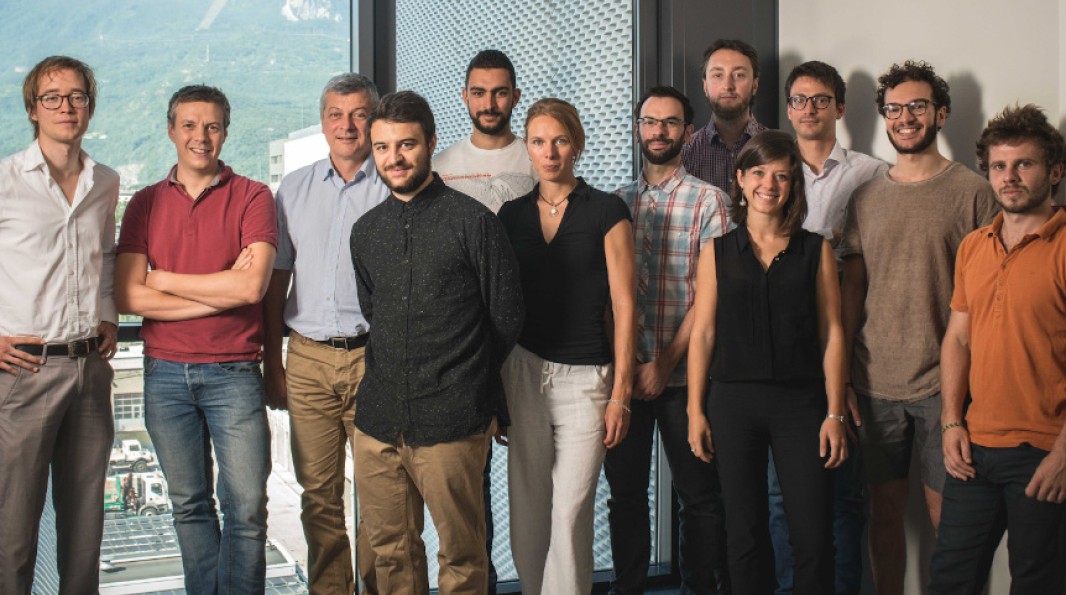In recent years, smart radiators have flourished on the market. Capable of memorizing the living habits of the occupants of a dwelling, they only work when it is necessary. All to help consumers better control their energy expenditure, while maintaining a high degree of comfort. With Lancey, Raphaël Meyer and Gilles Moreau go even further! For the first time, a smart radiator has an embedded battery. In short, the device is able to store electricity during off-peak hours to restore it during peak consumption. As a result, electricity consumption is optimized and heating loads reduced. In the end, heating bills could be reduced by half!

With 70,000 euros, we’ll be able to produce and install thousands of batteries as early as 2019.

And the Lancey radiator goes even further: when a house is equipped, for example, with photovoltaic panels, it can store the electricity of renewable origin that they produce. By encouraging the development of self-consumption, Lancey proves that the energy transition can take place at all levels. This did not fail to win over the Grand Jury of the 2018 EDF Pulse Awards which judged it the top winner in the “Smart Home” category. Next step: new fundraising at the end of 2019 to develop the sales team and accelerate the industrialization of this new generation radiator.
* Source : EDF, Distribution of eelctricity consumption in French households (in French)
-
€500Kraised
-
8patents filed
-
50%Up to 50% savings on heating bills

Born from the meeting of a doctor in thermal physics, a battery specialist and a serial entrepreneur, the project has gradually brought together various experts in electronics, IoT, industrialisation engineering and business. The team is due to grow, primarily to develop its business division and accelerate the industrialisation of the solution.
Follow them on Twitter4 questions to Lancey
Where did you get the idea for this startup?
 It started with a challenge: how can we democratise access to decentralised energy storage, the very cornerstone of renewable energy integration and the energy transition...
It started with a challenge: how can we democratise access to decentralised energy storage, the very cornerstone of renewable energy integration and the energy transition...
Any recent good news?
 It is difficult to choose because 2018 brought its fair share of good news! Among the most noteworthy events were: receiving the prestigious Best of Innovation Award in t...
It is difficult to choose because 2018 brought its fair share of good news! Among the most noteworthy events were: receiving the prestigious Best of Innovation Award in t...
What is the most unexpected thing that your startup has made you do?
 True to its reputation, the Las Vegas CES always brings its fair share of unexpected situations. This year, a delegation of around twenty Japanese businessmen stopped by ...
True to its reputation, the Las Vegas CES always brings its fair share of unexpected situations. This year, a delegation of around twenty Japanese businessmen stopped by ...
In what way does your project revolutionise your category?
 By incorporating a battery into an intelligent electrical radiator, Lancey completely updates the image of the old, inefficient and costly "toaster", transforming it into...
By incorporating a battery into an intelligent electrical radiator, Lancey completely updates the image of the old, inefficient and costly "toaster", transforming it into...
